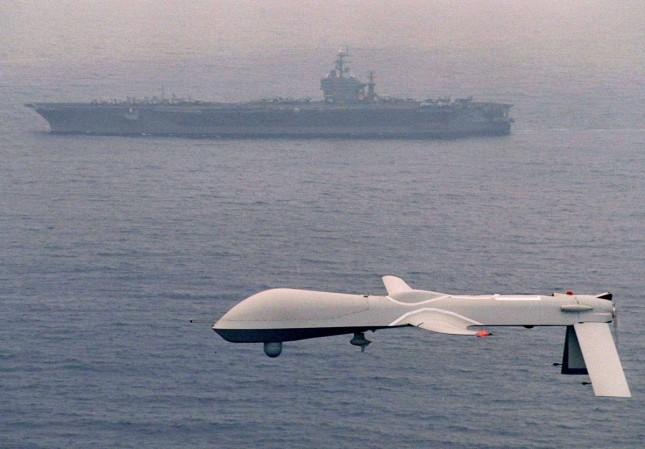
The scourge of terrorists across the world is dead!
After 22 years of devastating service in the US armed forces, the Predator drone is to be retired from service, as the American military begins to rely heavily on the more advanced Reaper.
The Predator, however, will remain in the global consciousness as the eye in the sky that rained Hellfire (literally) down on unsuspecting terrorists and other enemies of the state for two decades.
But just because the Predator is heading off to the great UAV farm in the sky, doesn't mean that the skies across the globe will be free of drones circling their prey like eagle-eyed...well...eagles.
Here are the top 5 drones that can not only step into the Predator's shoes, but destroy them from 100 clicks.
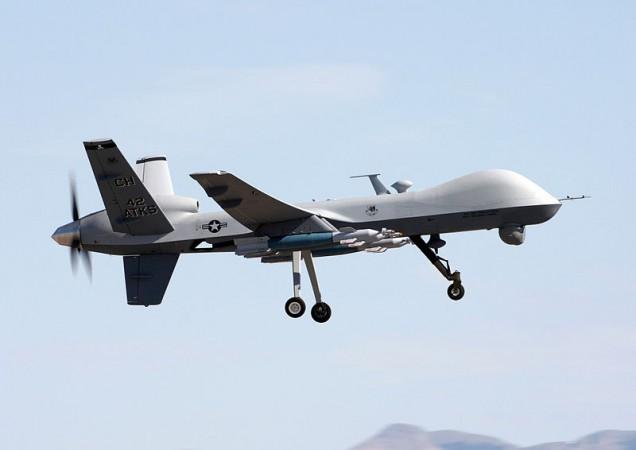
General Atomics MQ-9 Reaper
This is the Unmanned Aerial Combat Vehicle (UACV) set to take the place and the load of the now-retired Predator.
Introduced into the US armed forces in 2007, the Reaper has a maximum speed of 300 mph (482 kmh) and a range of 1,151 miles (1,852 km). With a ceiling of 50,000 feet the Reaper can heap destruction on the ground through 4 Hellfire missiles and 2 GBU-12 Paveway II laser-guided bombs.
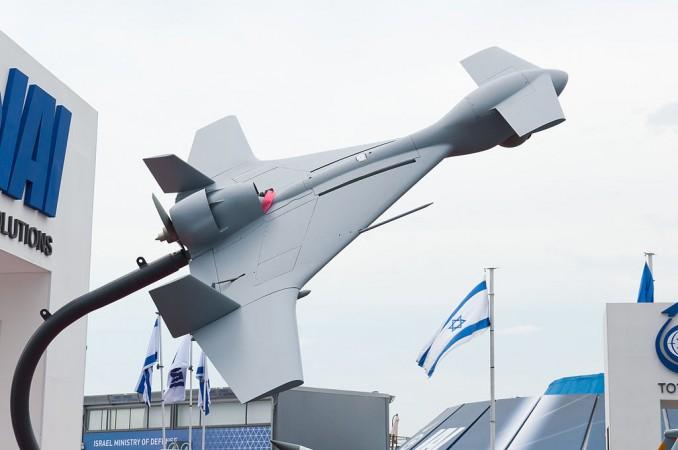
IAI Harop
Designed by Israel Aerospace Industries, this UACV doesn't just carry devastating firepower, IT IS the firepower.
The Harop holds a 23 kg warhead which it uses to fearsome effect by flying itself into battlefield targets. If, however, it cannot hit its target for whatever reason, the drone has the ability to turn back to base and land, meaning if it misses you once, you can be sure it's coming back.
The Harop, which was launched in 2005 is already operational in the Israeli, Indian, and Azeri armed forces. It has even seen active duty with the latter in 2016.
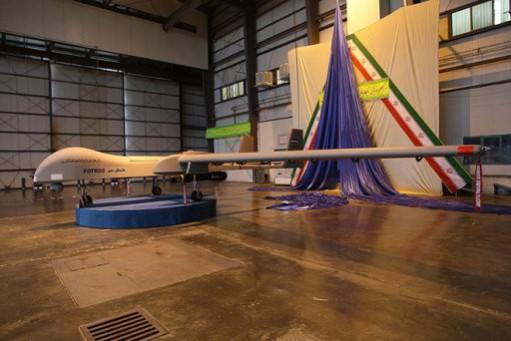
IAIO Fotros
One of the most lethal UACVs used by Iranian armed forces, the Fortos (named after a redeemed fallen angel in Shi'ia mythology) has a range of up to 2,000 km depending on its weapons payload.
There are very few confirmed specifications about the UACV, which was launched in 2013, but it's likely to be a mainstay of the Iranian armed forces for a while, replacing the lethal Karrar, which excelled in anti-ship operations.
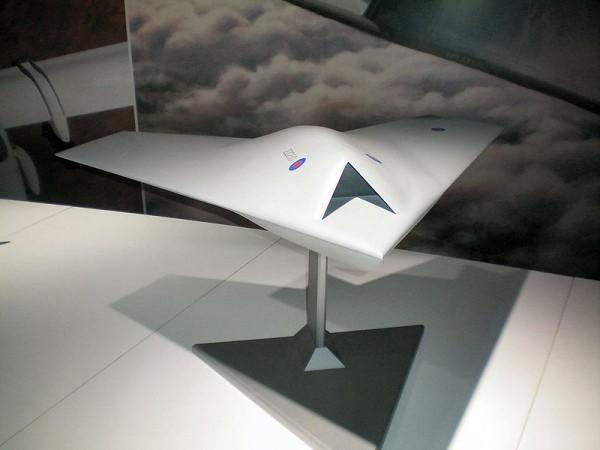
BAE Taranis
One look at the BAE Taranis and you don't know whether to date it or run from it...it's a simply gorgeous killer.
Kitted out in the most advanced stealth technology, the Taranis, which is expected to be operational in 2030 will have speeds close to (or even exceeding) Mach 1.
Powered by a Rolls-Royce Adour turbofan, Project Taranis, which is essentially a BAE Systems project, will also see involvement by Rolls-Royce, GE Aviation and British defense firm Qinetiq.
Almost the size of a Hawk Trainer, the Taranis (named after the Celtic God of Thunder) will be one of the first UACVs to attempt "full autonomy" for large portions of its operational duties.
Critics, however, have stated that the increased AI automation could make it susceptible to cyber attacks.
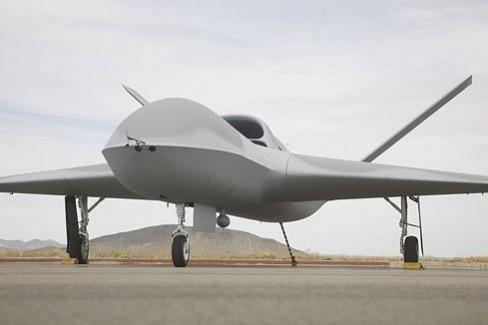
General Atomics Avenger
Albeit without sidekicks, the Avenger is ostensibly being planned as a replacement to or partner for the Reaper. It will also be the first US UCAV to be powered by a turbofan, unlike the Predator and Reaper's turboprop engines.
With a max speed of 460 mph (740 kmh) the Avenger has an endurance of 18 hours and can carry an assortment of Hellfires, Paveways and the in-development High Energy Liquid Laser Area Defense System (HELLADS).
Set to be in full deployment by the end of this year, this one's a brute.

















